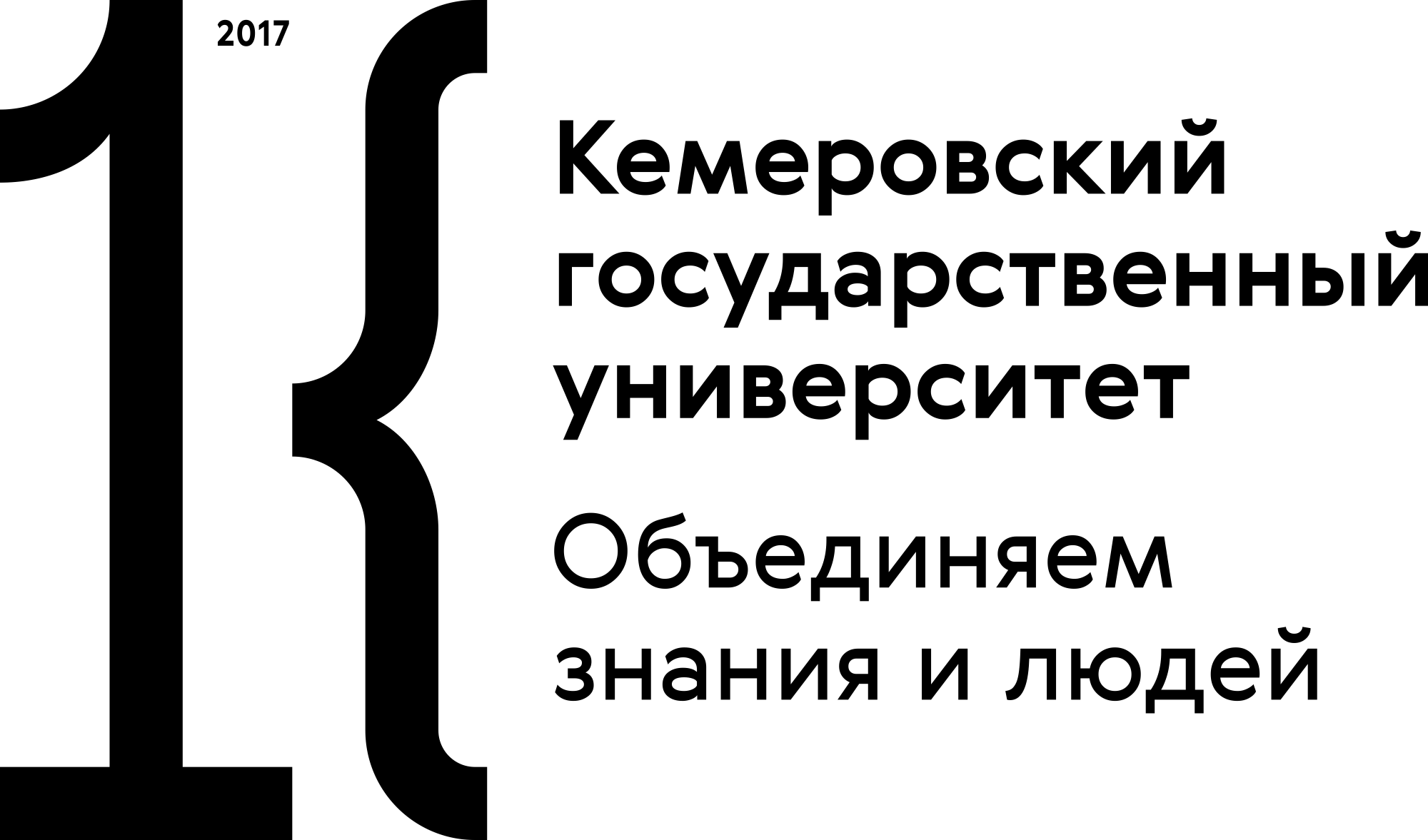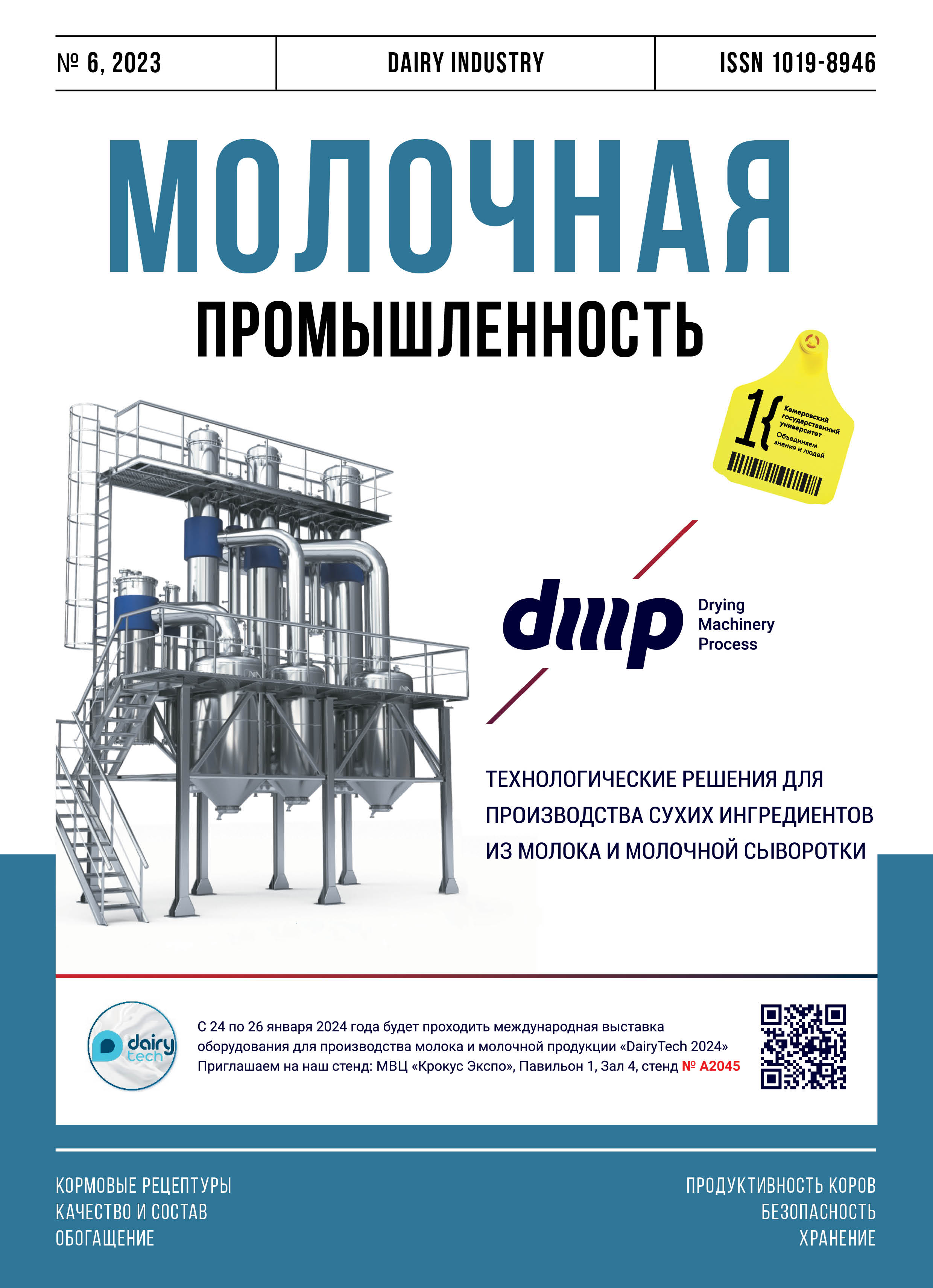Vladivostok, Russian Federation
Vladivostok, Russian Federation
Vladivostok, Russian Federation
Vladivostok, Russian Federation
Industrial starter cultures and probiotics are part of many functional dairy and plant bioproducts. Starter cultures affect the clot structure of fermented dairy and plant bioproducts. This article introduces new types of dairy and plant probiotic products with their biochemical, microbiological, and rheological properties. The research featured three microbial starter consortia fortified with propionic acid bacteria. Activated propionic acid bacteria Propionibacterium freundenreichii subsp. shermanii AC-2503 served as a control. Dairy, lactose-free, oat, and rice raw materials were used as foundations. The tests including an objective consistency assessment. The viable microbial cell count in the finished bioproducts was as high as 107–108 CFU/cm3. The dairy samples demonstrated the highest viscosity. The plant bioproducts had weak clots, but the starter consortia made them uniform.
milk base, vegetable base, lactic acid microorganisms, propionic acid bacteria, viscosity, bioproducts
1. Hutkins, R. W. Microbiology and Technology of Fermented Foods / R.W. Hutkins. - Wiley Blackwell: Hoboken, 2007. - 473 p. https://www.doi.org/10.1002/9780470277515
2. Bell, V. Fermented Foods, and Gut Microbiota. / V. Bell, J. Ferrão, L. Pimentel [et al.] // Foods. 2018. Vol. 7. P. 195.
3. Marco, M. L. The International Scientific Association for Probiotics and Prebiotics (ISAPP) consensus statement on fermented foods / M. L. Marco [et al.] // Nature reviews. Gastroenterology & hepatology. 2021. Vol. 18 (3). P. 196-208. https://www.doi.org/10.1038/s41575-020-00390-5
4. Bermudez-Brito, M. Probiotic mechanisms of action / M. Bermudez-Brito // Annals of nutrition & metabolism. 2012. Vol. 61 (2). P. 160-74. https://www.doi.org/10.1159/000342079
5. Ashraf, R. Immune system stimulation by probiotic microorganisms / R. Ashraf, N. P. Shah // Critical reviews in food science and nutrition/ 2014. Vol. 54 (7). P. 938-56. https://www.doi.org/10.1080/10408398.2011.619671
6. Gizachew, S. Antibacterial and Immunostimulatory Activity of Potential Probiotic Lactic Acid Bacteria Isolated from Ethiopian Fermented Dairy Products / S. Gizachew [et al.] // Fermentation/ 2023. Vol. 9. R. 258-279. https://doi.org/10.3390/fermentation9030258
7. Novikov, D. K. Allergiya: innovacii predstavleniy, diagnostiki, lecheniya i podgotovki vrachey / D. K. Novikov, N. S. Alyahnovich, L. R. Vyhristenko [i dr.] // Mezhdunarodnye obzory: klinicheskaya praktika i zdorov'e. 2020. № 1. S. 35-61.
8. Vasyukova, A. T. Produkty s rastitel'nymi dobavkami dlya zdorovogo pitaniya/ A. T. Vasyukova // Pischevaya promyshlennost'. 2019. № 12. S. 72-75.
9. Reshetnik, E. I. Vliyanie obogaschayuschego komponenta na skvashivanie pri proizvodstve bioprodukta / E. I. Reshetnik, S. L. Gribanova, E. V. Zakipnaya [i dr.] // Vestnik Vostochno-Sibirskogo gosudarstvennogo universiteta tehnologiy i upravleniya. 2023. № 2 (89). S. 32-39.
10. Cássia, P. B. Paraprobiotics and postbiotics: concepts and potential applications in dairy products / P. B. Cássia [et al.] // Current Opinion in Food Science. April 2020. Vol. 32. P. 1-8. https://www.doi.org/10.1016/j.cofs.2019.12.003
11. Mattar, R. Lactose intolerance: diagnosis, genetic, and clinical factors / R. Mattar [et al.] //Clin Exp Gastroenterol. 2012, Vol 5. R. 113-21.
12. Bogdanova, N. M. Laktaznaya nedostatochnost' i neperenosimost' laktozy: osnovnye faktory razvitiya i principy dietoterapii / N. M. Bogdanova // Medicina: teoriya i praktika. T. 4. № 1. 2020. S. 62-70.
13. Yamamoto, T. Oral Allergy Syndrome Following Soy Milk Ingestion in Patients with Birch Pollen Allergy / T. Yamamoto [et al.] // Nihon Jibiinkoka Gakkai Kaiho. 2015. Vol 118(9). P. 1124-1132. (In Japanese). https://www.doi.org/10.3950/jibiinkoka.118.1124
14. Bus, A. Consumers' health perceptions of three types of milk: a survey in Australia / A. Bus, A. Worsley // Appetite. 2003. Vol. 40. R. 93-100. https://www.doi.org/10.1016/s0195-6663(03)00004-7
15. Medvedev, O. S. Rastitel'nye zameniteli moloka: osobennosti, preimuschestva, ispol'zovanie v pitanii / O. S. Medvedev, N. A. Medvedeva // Voprosy dietologii. 2018. № 8(1). S. 52-58. https://www.doi.org/10.20953/2224-5448-2018-1-52-58
16. Önning, G. Effects of consumption of oat milk, soya milk, or cow’s milk on plasma lipids and antioxidative capacity in healthy subjects / G. Önning [et al.] // Ann Nutr Metab. 1998. Vol. 42. P. 211-220. https://www.doi.org/ doihttps://doi.org/10.1159/000012736
17. Van Horn, L. Oats and soy in lipid-lowering diets for women with hypercholesterolemia: is there synergy? / L. Van Horn [et al.] // J Am Diet Assoc. 2001. Vol. 101(11). P. 1319-1325. https://www.doi.org/10.1016/s0002-8223(01)00317-0
18. Onning, G. Consumption of oat milk for 5 weeks lowers serum cholesterol and LDL cholesterol in free-living men with moderate hypercholesterolemia / G. Onning [et al.] // Ann Nutr Metabol. 1999. Vol. 43. P. 301- 309.
19. Whitehead, A. Cholesterol-lowering effects of oat β-glucan: a meta-analysis of randomized controlled trials / A. Whitehead [et al.] // Am J Clin Nutr. 2014. Vol. 100(6). P. 1413-1421. https://www.doi.org/10.3945/ajcn.114.086108
20. Rebello, C. J. Dietary fiber and satiety: the effects of oats on satiety / C. J. Rebello // Nutr Rev. 2016. Vol. 74(2). P.131-47. https://www.doi.org/10.1093/nutrit/nuv063
21. Lisin, P. A. Strukturno-mehanicheskaya i termodinamicheskaya harakteristika bioyogurta / P. A. Lisin, O.N. Musina, I. V. Kister // Tehnika i tehnologiya pischevyh proizvodstv. 2014. № 1. S. 54-59.





